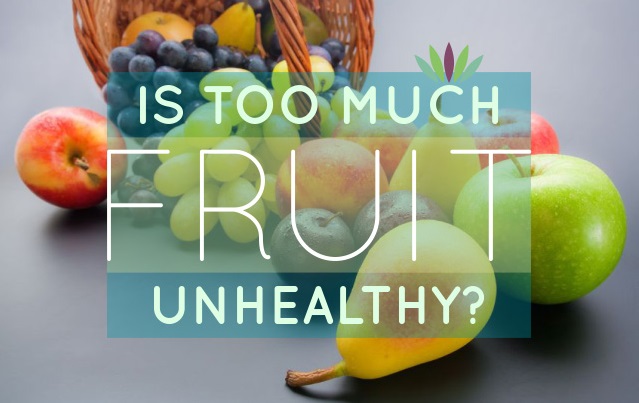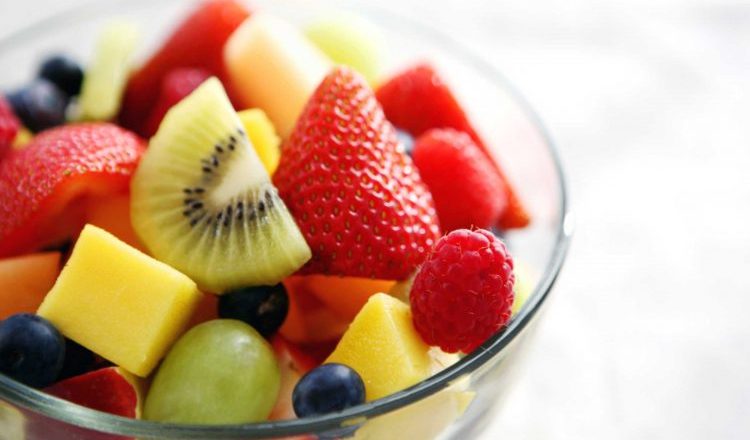Fruits are important part of our diet.
- You could add them to your breakfast. You can make fruit juices and smoothies, add chopped fruit to cereals. Example: banana.
- You could add them to your lunch. Have a piece of fruit as dessert.
- You could add them to your snack. Try dries fruits. Example: apricots. Make fruit smoothies.
Classification:
- Berries –
Example: blackberry, blueberry, cranberry, grape, raspberry, strawberry
- Citrus fruits
Example: grapefruit, lemon, lime, orange
- Drupes-
Example: apricot, cherry, peach, nectarine
- Melons-
Example: cantaloupe, casaba, honeydew, watermelon
- Pomes-
Example: apple, pear
- Tropical and subtropical fruits-
Example: avocado, banana, coconut, guava, kiwi, mango, pineapple
Composition and nutritive value:
- Contain a high amount of moisture.
- Good source of fiber.
- A high percentage of sugar.
- Poor source of protein and fat (exception: Avocado).
- Not very good sources of calories (exception: Banana).
- Citrus fruits- good source of vitamin c.
- Can help you lose weight.
- Lower your risk of diseases.
How much fruit per day?

Loading your diet with your favorite fruits feels good, right? Our body nurtures from such fruits. But does that mean replacing your daily diet with just fruits? Answer is ‘No’. It is because fruits are high in sugar called ‘Fructose’. Eating healthy doesn’t mean eating lots of it. Also fruits are high in fiber and low in calories. Too much of them can lead to so many problems like- it upsets our digestive system, imbalance in sugar level, illness from bacteria.
So, what should be the actual amount of the fruit that we should take?
The general recommendation is at least 400 grams per day. Or five servings of 80 grams. The one 80-gram serving is equivalent to a small piece (like the size of tennis ball).
Why 5 servings?
It is because it is associated with lower risk of diseases like cancer, stroke and other heart diseases.
The recommendation may vary from one health authority to another but we are now dealing with the current research. Many a times you will come across a term portion. It is same like serving.
What is one portion?
As a guide, the amount of fruit you can hold in your hand is one portion. For example-
- 1 apple, banana, pear, orange.
- 2 plums or similar sized fruit.
- 1 handful of grapes, cherries or berries.
- ½ a grapefruit or avocado.
- 1 slices of large fruit, such as melon or pineapple.
For people suffering from diabetes, the consumption level gets change. For them it is 2-4 portion or serving. Still some people avoid eating this much also as they are afraid of the sugar content. But according to a research they have little effect on the sugar levels. Instead some fruits contain ‘polyphenols’ which improves the blood sugar levels. But we should not forget that all fruits are not same, some may raise the blood sugar levels and others don’t.
Some of the low sugar fruits (per 100 g) are-
- Avocado (<1g)
- Rhubarb (1 g)
- Cranberries (4-5 g)
- Raspberries (4-5g)
- Blackberries (4-5g)
- Watermelon (6g)
- Grapefruit (7g)
- Papaya (8g)
Some of the 5 high-sugar fruits (per 100 g)
- Dates (66g)
- Grapes (16g)
- Pomegranates (14g)
- Mangoes (14g)
- Cherries (13g)
Dietitians say that we should aim for a well balanced diet that contains a proper amount of fruits and vegetables

